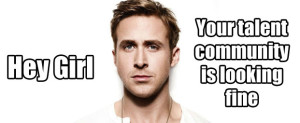July 8
I communicate for a living. I am communicating with you right now. And now. And now!But still, every single time I visit my doctor for a check-up, all of my communication skills go right out the window. I can barely manage to convey my age, let alone what ails me.I have always had the gift of the gab. It's what I credit for the success of my previous career in sales. I can pretty much talk to anyone about anything. Unless, of course, that person is wearing a white coat and a stethoscope.This is most likely due to the fact that doctors have always made me nervous. No matter how kind their eyes, or soft their bedside manner, I fear their authority and tongue depressors as much now as I did when I was a kid.So, whenever I ha…Read More








